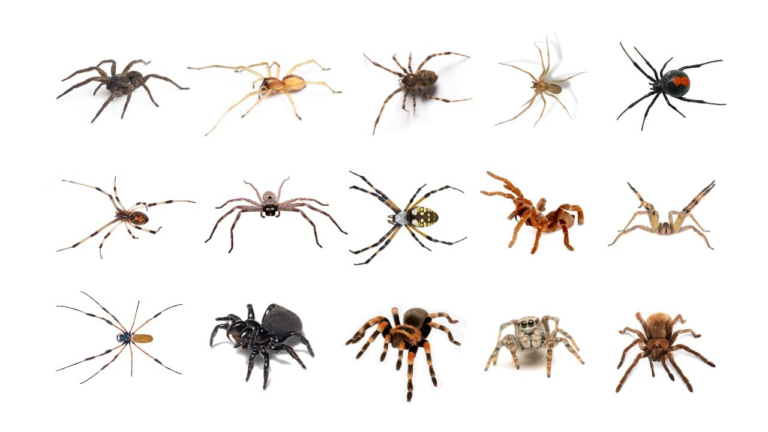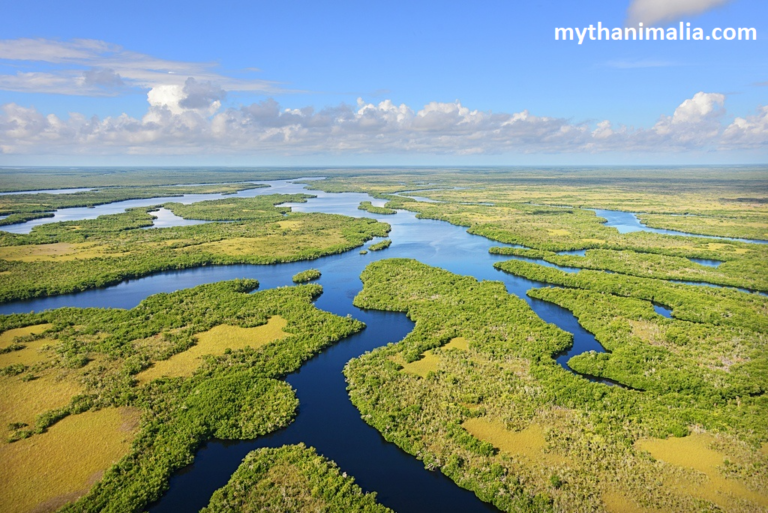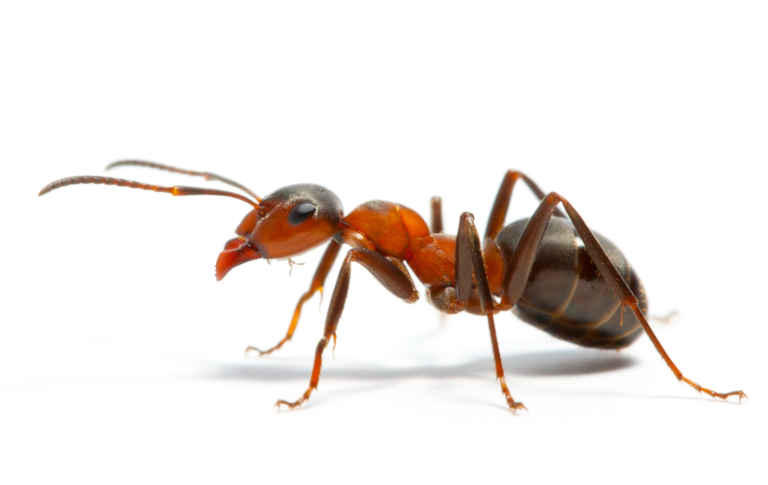Microscopic Wildlife, Under Microscope
Microscopic Wildlife life exists in a realm unseen to the naked eye yet teeming with complexity and significance – microscopic wildlife. Here we shed light on the diverse world of tiny organisms that play essential roles in ecosystems, human health, and technology.
Microscopic organisms called gut microbiota play an important role in our health by inhabiting our digestive system. Influences digestion and immune function. However, not all microorganisms are beneficial; some can cause diseases, emphasizing the delicate equilibrium within our bodies.
Environmental Impact
Beyond our bodies, these tiny creatures significantly impact the environment. Microbial diversity ensures the health of ecosystems, contributing to nutrient cycling and sustaining life. Understanding their role is vital for preserving the delicate maintenance of nature.
Microscopic Species
The world of the microscopic is teeming with life, invisible to the naked eye yet playing a vital role in our planet’s ecosystems. These tiny organisms, often single-celled, come in a dizzying array of shapes, sizes, and functions, each one a marvel of adaptation and survival. Here are microscopic species.
- Bacteria
- Archaea
- Protists
- Viruses
- Fungi
- Phytoplankton
- Zooplankton
- Protozoa
- Microscopic Algae
- Microscopic Nematodes
1- Bacteria
Bacteria, the single-celled wonders that constitute a significant portion of the microbial world, are indispensable for life on Earth. Despite their microscopic size, these organisms wield immense influence in various ecosystems, contributing to essential processes.
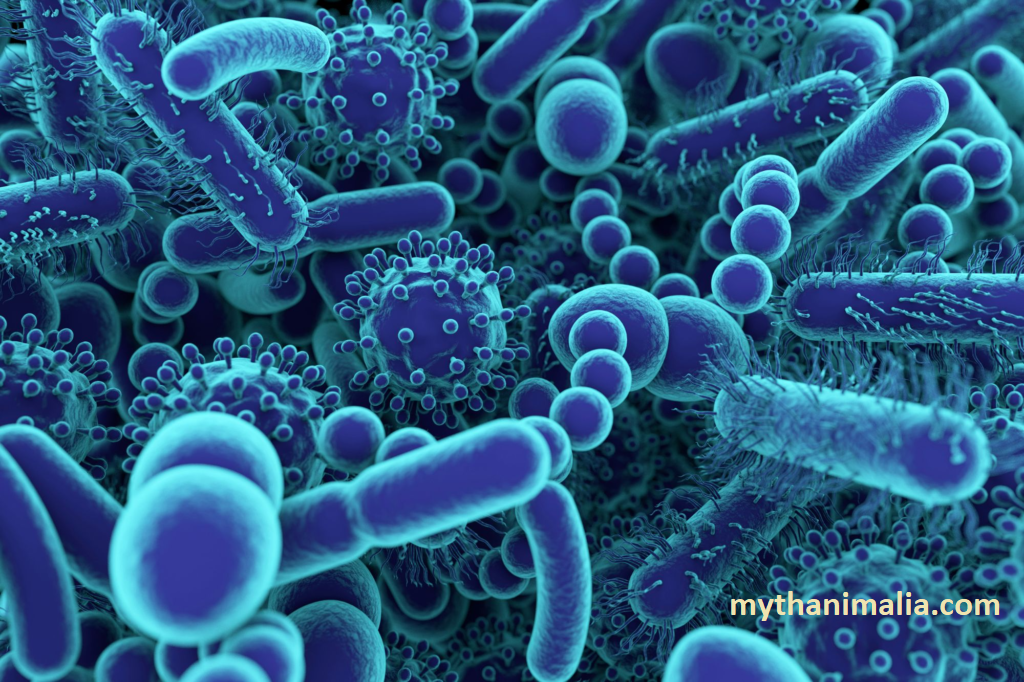
2- Archaea
Archaea, a domain of single-celled microorganisms, represents one of the oldest forms of life on Earth. Often overshadowed by bacteria and eukaryotes, archaea have unique characteristics that set them apart.
3- Protists
Protists, a diverse group of eukaryotic microorganisms, form a fascinating and often overlooked kingdom in the realm of life. Ranging from single-celled organisms to complex multicellular forms, protists exhibit remarkable diversity in structure, function, and habitat.
4- Viruses
Viruses, the smallest entities in the biological world, are both fascinating and perplexing. Despite their simplicity, these microscopic intruders play significant roles in various ecosystems and can have profound effects on the organisms they infect.
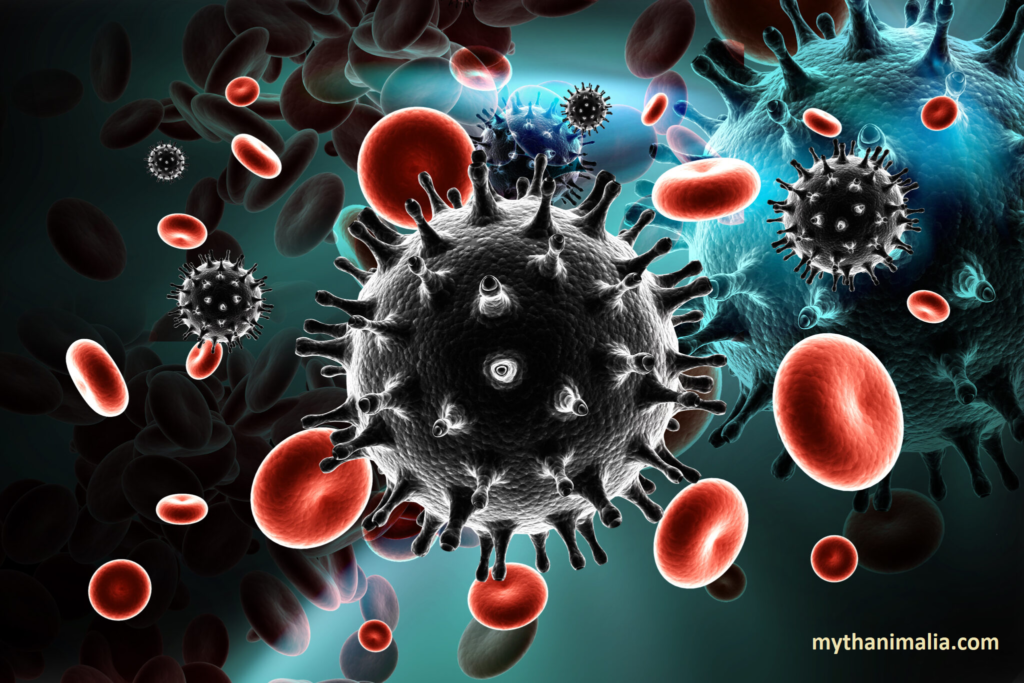
5- Fungi
Fungi, often overshadowed by plants and animals, constitute a unique and diverse kingdom in the world of living organisms. From microscopic molds to towering mushrooms, fungi play crucial roles in ecosystems and hold significance for human life.
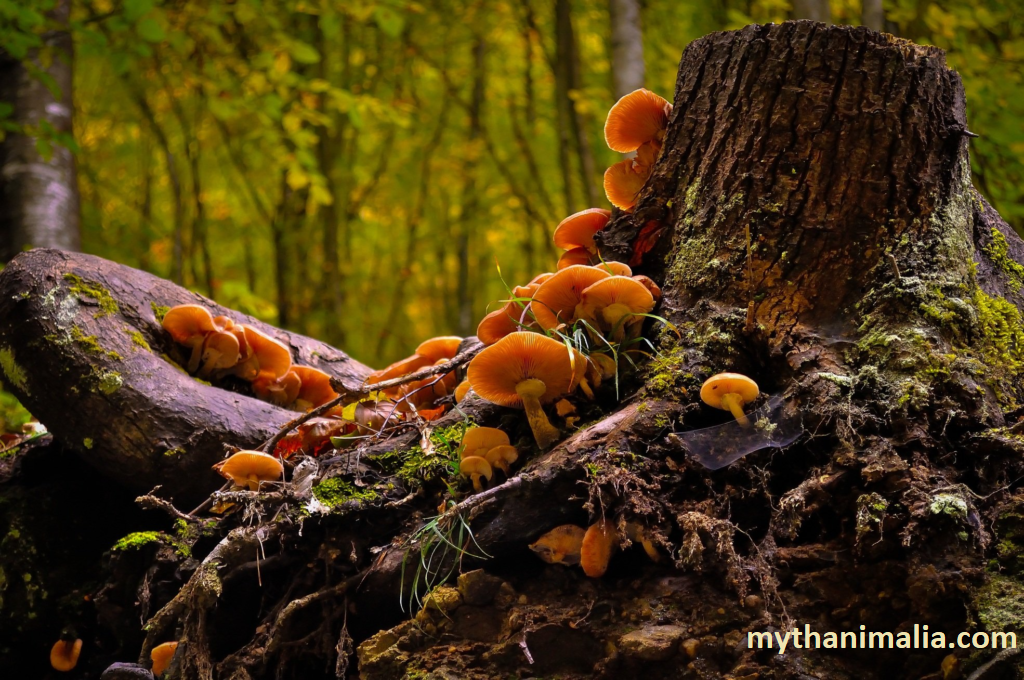
6- Phytoplankton
In the vast expanses of the world’s oceans and freshwater bodies, a microscopic world of life thrives, and at the heart of this ecosystem are the unsung heroes known as phytoplankton. These tiny, photosynthetic organisms play a pivotal role in sustaining aquatic life and regulating the planet’s climate.
7- Zooplankton
In the expansive aquatic realms, beneath the surface where the eye might not reach, a diverse and dynamic community of organisms known as zooplankton roams freely. These tiny creatures, often overlooked, play a vital role in the intricate balance of aquatic ecosystems.
8- Protozoa
In the vast microscopic realm, where unseen life teems in the hidden corners of diverse ecosystems, protozoa stand as remarkable ambassadors of the single-celled kingdom. These tiny organisms, often overlooked, exhibit incredible diversity and play crucial roles in various environments.
9- Microscopic Algae
In the microscopic realms of aquatic environments, a dazzling array of life unfolds, and at the heart of this unseen world are microscopic algae. These tiny photosynthetic organisms play a crucial role in sustaining life beneath the water’s surface.
10- Microscopic Nematodes
Beneath the surface of the Earth, in the intricate tapestry of soil life, microscopic nematodes play a vital and often underestimated role. These tiny, worm-like organisms contribute to nutrient cycling, plant health, and the overall balance of soil ecosystems.
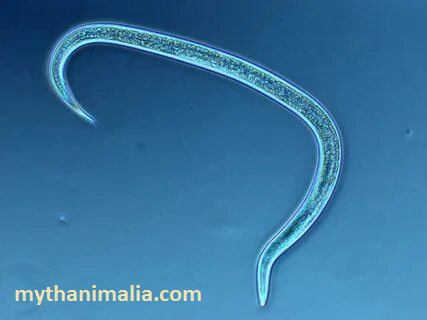
Microscopic Plants and Animals
While most plants and animals are macroscopic, some species exist in the microscopic realm. Examples include phytoplankton, tiny algae that form the base of the marine food web, and zooplankton, microscopic animals that graze on phytoplankton. These seemingly insignificant creatures play a critical role in ocean ecosystems and global carbon cycling.
Microscopic Wildlife First Time Discovered
The existence of microscopic organisms was discovered during 1665-83 by two Fellows of The Royal Society, Robert Hooke and Antoni van Leeuwenhoek.
Microscopic Wildlife in Water Bodies
Water bodies host a rich array of microscopic life, from phytoplankton, the foundation of aquatic food chains, to zooplankton, essential for maintaining ecological balance.
Microscopic Wildlife in Soil
Beneath our feet, microorganisms thrive in the soil, influencing plant growth and contributing to soil health. Recognizing their importance is key to sustainable agriculture and ecosystem preservation.
Microscopic Wildlife in the Air
The air we breathe is not devoid of life; microscopic organisms float through it. Exploring airborne microorganisms reveals their impact on respiratory health and raises questions about their role in atmospheric processes.
Technological Applications
Harnessing the power of microscopic wildlife, bioremediation, and various industrial processes benefit from the unique abilities of these organisms. Understanding their applications is crucial for sustainable technological advancement.
Challenges and Threats
As we exploit microscopic wildlife for various purposes, challenges emerge, including antibiotic resistance and environmental pollution. Acknowledging these threats is the first step towards responsible use.
The Future of Microscopic Wildlife Research
Advancements in microscopy technology open new frontiers in microscopic wildlife research, promising exciting discoveries and deeper insights into the hidden world of tiny life.
Engaging with Microscopic Wildlife
Involving the public through citizen science initiatives and embracing the art of microscopic photography fosters a deeper connection with the unseen marvels of the natural world.
Importance for Education
Integrating microscopic wildlife into educational curricula enhances scientific literacy and inspires future generations to explore the wonders of the microscopic realm.
Ethical Considerations
As we unlock the secrets of microscopic wildlife, ethical considerations become paramount. Responsible use and conservation efforts are essential to prevent unintended consequences on natural ecosystems.
FAQ’s About Microscopic Wildlife?
Q1- What is Microscopic Wildlife?
A1- Microscopic wildlife refers to the diverse array of tiny organisms, including microbes, algae, protozoa, and other minute life forms, that are not visible to the naked eye. These organisms play essential roles in various ecosystems.
Q2- How Do Scientists Study Microscopic Organisms?
A2- Scientists study microscopic organisms using advanced microscopy techniques, such as light and electron microscopy. Staining and labeling methods enhance visibility, allowing scientists to observe and analyze the structures and behaviors of these tiny life forms.
Q3- Why are Microbes Important for the Environment?
A3- Microbes are crucial for the environment as they contribute to nutrient cycling, decomposition, and various ecological processes. They are essential in maintaining ecosystem balance, supporting plant growth, and influencing climate patterns.
Q4- What Threats Do Microscopic Ecosystems Face?
A4- Microscopic ecosystems face threats from human activities, including pollution, habitat destruction, and climate change. These threats can disrupt the delicate balance of microbial communities and have cascading effects on larger ecosystems.


